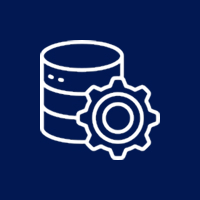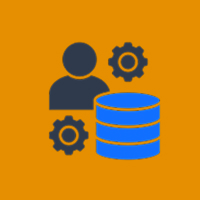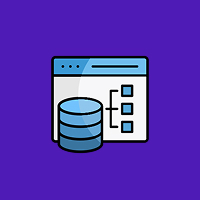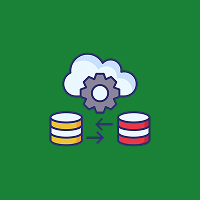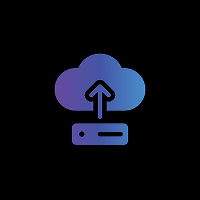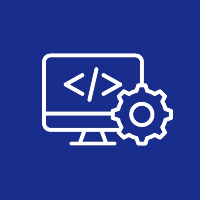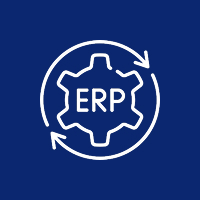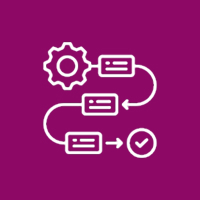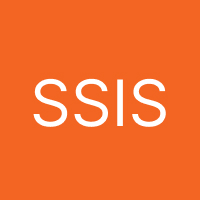In contemporary software applications, databases play a key role to manage vast amounts of information, customer engagement, and core business functions. Any performance issues, outages, and corrupt data could result in serious implications, such as interruptions to business operations, potential impacts to revenue opportunities, and loss in customer confidence.
Effective database monitoring ensures you have fast, reliable, and secure databases. Database monitoring is the active and continuous process of monitoring the performance, health, and availability of your database systems. This enables organizations to identify and rectify issues before they affect users and related business operations.
1. What is Database Monitoring?
Database monitoring is the process of monitoring the metrics associated with a database, to identify anomalies and avoid prospective issues. Further, it gives insight into how a database behaves under current and varying workloads, with the goal of maintaining (or exceeding) optimal levels of efficiency and uptime.
Let’s look at a few of the high-level database metrics to monitor:
- Query Response Times: Identify any slow-running queries, to potentially improve application performance.
- CPU and Memory Usage: Monitor the resource usage to avoid potential full-resource bottlenecks.
- Disk I/O Performance: Validate that the storage is capable of performing read/write operations smoothly.
- Connection Counts and Session Activity: Monitor the number of concurrent connections and the health state of the pool of sessions.
- Error Logs and Failed Transactions: Identify any operational failures that bear risks implications towards data integrity or any expected application stability.
As organizations deploy continuous monitoring of the the metrics above (in real-time), the proactive state/ideologuical resources needed will create/improve overall database performance, avoid outages, and maintain application flow.
2. The significance of monitoring a database for contemporary applications
a. Guarantees Performance and Velocity
Monitoring decreases detection of performance bottlenecks, disconnected connections, slower queries, and inefficiencies. Improving these aspects will allow the database to present the results of a query, which ultimately improves the application’s speed and users’ experience.
For instance, during high-traffic shopping times, a monitoring and optimization process can permit an e-commerce application to search products quickly.
b. Prevents Downtime
Continuously monitoring will allow organizations to identify potential risks such as server connection issues, storage overload, or configuration errors that could cause a prolonged downtime event. Prevention and quick response mitigate business disruptions to ensure compute services are always available to the end-user.
c. Maintains Data Integrity
Monitoring can identify corrupt data, incomplete transactions, or unauthorized access to assure that data stored within the database is truthful and reliable information.
For instance, a financial application will require an up-to-date account for all initiated database transactions to guard against discrepancies.
d. Supports Scalability
For applications and databases themselves, as they scale, it will have more load on the database. Monitoring can identify usage trends and a continuing observation of performance trends that are indicative of resource/products usage.
e. Facilitates Compliance and Reporting
Compliance standards such as GDPR, HIPAA, PCI DSS, to name a few, require specific compliance measures. Logging events and producing reports to demonstrate compliance that also secures organization handling of sensitive data would also fall under compliance policies.
3. Important Aspects of Productive Database Monitoring Tools
Contemporary Database Monitoring tools deliver a vast range of characteristics suiting for optimization on the management and operation of databases:
- Real-Time Notifications: Alerting managers immediately about performance issues or failures.
- Analysis and Reporting: Creating useful information for optimizing databases and plan resource capacity.
- Tracking Query Performance: Discovering slow running and high resource consuming queries, even optimizing them.
- Resource Monitoring: Overview the usage of CPU, memory, disk I/O, and network in real-time.
- Historical Comparison: Compare previous trends, predicting future problems and planning resource usage.
Examples of database monitoring tools include SolarWinds Database Performance Analyzer, Redgate SQL Monitor, Dynatrace, or Nagios.
4. Strategies to Monitor Your Database More Effectively
Once organizations have the basics of monitoring a database in place to reap its rewards, it is critical to take advanced strategies into consideration:
a. Automate Monitoring and Alerting
Automate monitoring tasks and the ability to detect anomalies or notify alerts suitable, without ongoing human observation, to bring attention to anomalies that require intervention. This will reduce human error while fostering quicker identification of problems and speed up resolution.
b. Establishing performance baselines
After your monitored database is recording adequate baseline performance, it is good practice to subsequently monitor performance against those established baselines. This allows for faster identification of performance issues and the consideration of potential solutions.
c. Monitor your query performance to optimize indexes and capabilities
Logically it would seem that the action of creating indexes and query optimization would be forty years worth of experience by database administrators, however continued resource and skill monitoring by developers should be observed.
d. Combine your database monitoring with application monitoring
Establish a more comprehensive way of monitoring, your applications performance of your applications, including the ability to assess if problems are related to an application or to your database.
e. Predictive Analytics
Consider machine learning or AI-enabled monitoring tools where the ability to predict potential failures of performance degradation, would enable efforts to happen, to avoid end user impacts or experiences before.
5. Database Monitoring Best Practices
- Monitor Vital Metrics: Concentrate on key performance indicators such as query response duration, CPU/memory utilization, and storage condition.
- Determine Thresholds and Alerts: Establish acceptable limits for metrics and set up notifications to respond promptly for abnormal conditions.
- Automate Regular Tasks: Create a script or monitoring tool to streamline repeated monitoring and alerting tasks.
- Review Logs Frequently: Examine the logs to uncover patterns, recurrent issues, or a potential threat.
- Plan for Expansion: Continually analyze the disk/storage and performance capacity in accordance with data volume and user activity.
- Educate Teams: Teach database administrators and developers best practices, database monitoring tools, and safe security practices.
Conclusion
Database monitoring is an essential element of contemporary applications. It helps ensure optimum performance, provides downtime avoidance, offers data integrity, continues to assist scalability, and continually backs compliance.
Maintaining real-time monitoring; identified acceptable limits for reactively monitoring; knowing the typical limits of all metrics; and applying best practices can help organizations keep database systems dependable and efficient.
A properly monitored database helps the application systems but will help achieve business growth by decreasing downtime, a better customer experience, and allowing data informed decision making.
Contact Us Today



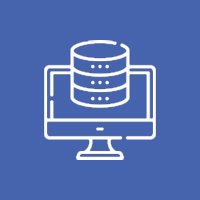









 Database Development
Database Development





